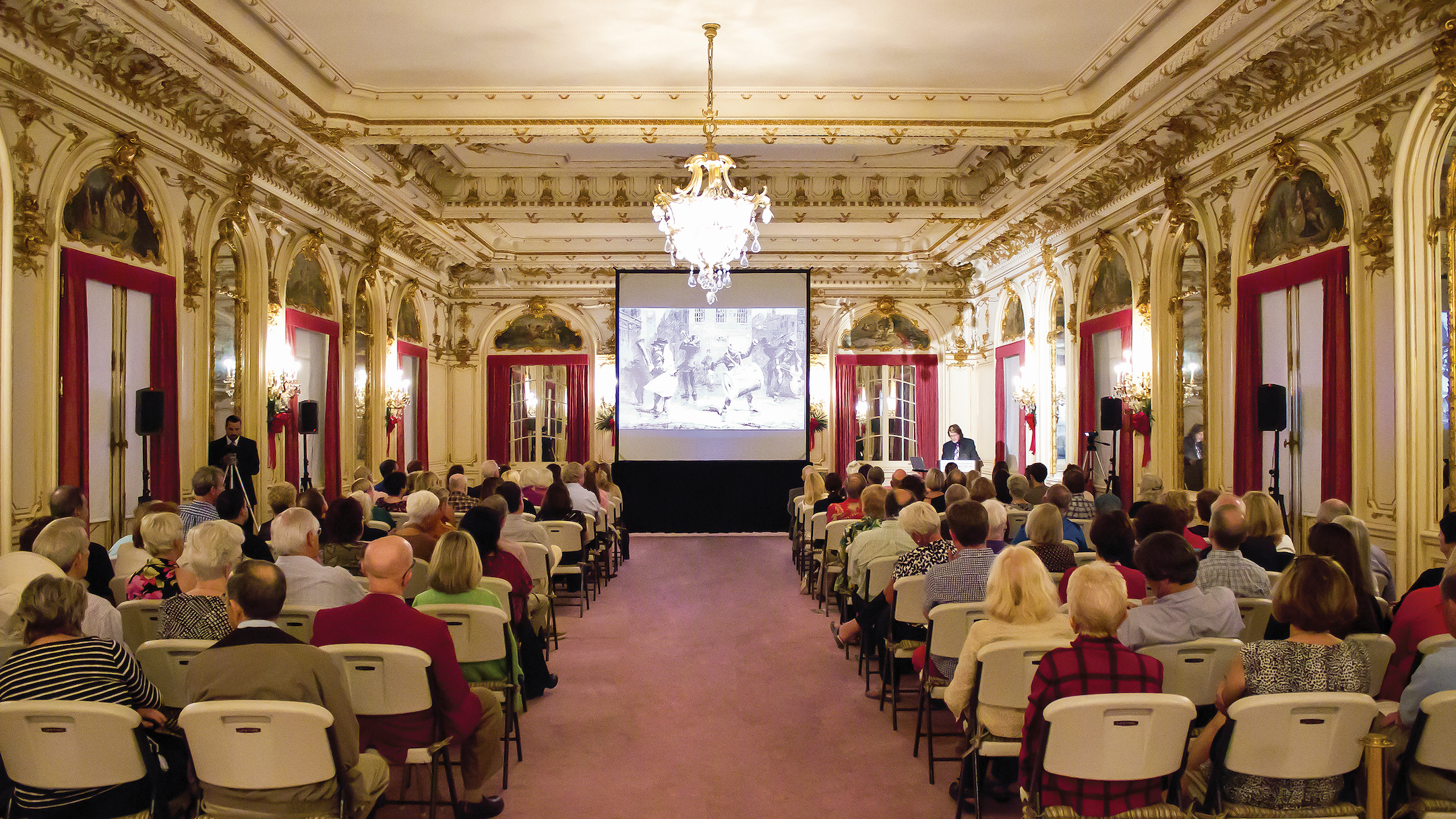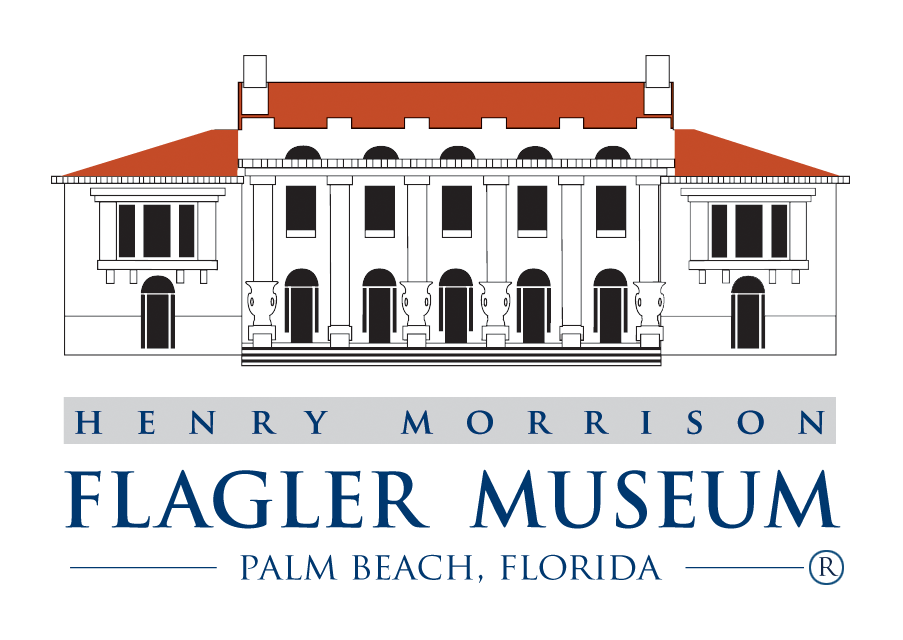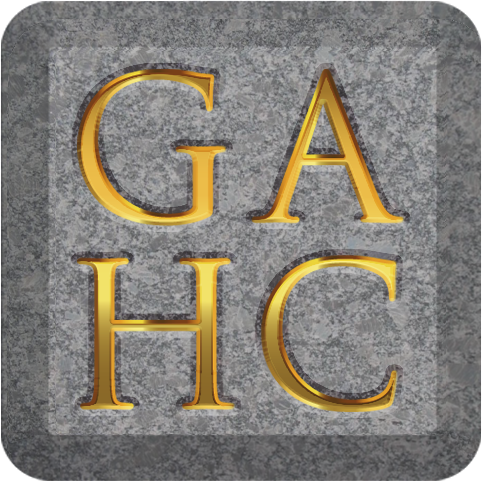2026 Flagler Museum Lecture Series
Free for Museum Members at the Patron level and above
$20 for all other Museum Members
$40 for non-Members. Includes required Museum Admission
The Annual Flagler Museum Lecture Series presents experts and authors speaking on various subjects that align with the Flagler Museum's new "Three Pillars" programming concept. These pillars are, Art & Design, Leadership & Philanthropy, and Technology & Innovation. More details about the Three Pillars at the foot of this list of presentations.
Sponsored by:
Mr. David Sarama and Mr. Daniel Drennen
The 2026 Series includes the following presentations:
Sunday, January 11
John Blades, Executive Director Emeritus of the Flagler Museum:
From an Abandoned Hotel to a Nationally Recognized Museum and National Historic Landmark
2:30 pm doors open; 3:00 pm Lecture
Mr. John Blades, Executive Director Emeritus of the Flagler Museum, will present a lectue about Whitehall, “From an Abandoned Hotel to a Nationally Recognized Museum and National Historic Landmark.”
Sunday, February 1
Michael Grynbaum Condé Nast: The Man and His Empire
2:30 pm doors open; 3:00 pm Lecture
Journalist Michael Grynbaum discusses his highly anticipated biography of publishing titan Condé Nast, tracing his influence on media, style, and social ideals in the 20th century. Through magazine empires such as Vogue and Vanity Fair, Nast shaped the cultural landscape, setting standards for taste and sophistication that endure today. The lecture examines how one visionary leader defined modern publishing while creating a legacy that continues to influence media worldwide.
Sunday, February 15
Leslie Jones and Lori Garst Gilded Age "Smart Homes"
2:30 pm doors open; 3:00 pm Lecture
With HBO’s The Gilded Age reigniting fascination with the opulence and intrigue of America’s elite, this talk explores the reality behind the spectacle. Leslie Jones, Director of Museum Affairs & Chief Curator of the Preservation Society of Newport County, and Lori Garst, Curator of Collections for Biltmore, examine how Gilded Age estates integrated the latest technologies into their lavish interiors. From the first sparks of electricity and private telephone lines to ingenious mechanical systems hidden behind gilded walls, these homes were not only stages for luxury but also laboratories of modern innovation. Their discussion reveals how the marriage of technology and grandeur transformed daily life for the nation’s wealthiest families and continues to captivate audiences today.
Wednesday, February 25
Julie Satow The Reopening of the Waldorf Astoria
5:30 pm doors open; 6:00 pm Lecture
Author and journalist Julie Satow offers an inside look at the ambitious restoration of the iconic Waldorf Astoria. Blending historic preservation with contemporary luxury, the project reimagines one of New York’s most celebrated landmarks for the 21st century. Satow’s talk reveals the stories, challenges, and artistry behind bringing this architectural treasure back to life.
Sunday, March 8
David Owen The Legacy of the 1893 World's Columbian Exposition
2:30 pm doors open; 3:00 pm Lecture
Author David Owen examines how the groundbreaking water treatment and sanitation systems show-cased at the 1893 World's Columbian Exposition transformed urban public health. He traces the ripple effects of these advancements, from the prevention of deadly epidemics to the shaping of modern infrastructure. The lecture underscores how visionary thinking from over a century ago continues to influence environmental and public health policy today.
Wednesday, March 11
Bryan Huffman and Thomas Lloyd Bunny Mellon’s Philanthropy
5:30 pm doors open; 6:00 pm Lecture
Design historian Bryan Huffman and philanthropist Thomas Lloyd will discuss the remarkable legacy of Bunny Mellon, whose vision and generosity helped shape some of America’s most treasured cultural institutions. From her work with the National Gallery of Art to her transformative garden designs, Mellon’s contributions blended artistry, stewardship, and civic responsibility. The talk offers an intimate look at how one woman’s passion for beauty and culture continues to inspire.
Sunday, March 22
Meg Caldwell E.F. Caldwell & Co.
2:30 pm doors open, 3 pm Lecture
Meg Caldwell shares the story of her family’s renowned firm, E.F. Caldwell & Co., celebrated for its exquisite lighting fixtures and decorative metalwork that graced Gilded Age mansions and public buildings. She explores how the company’s designs combined technical precision with artistic elegance, making them symbols of both luxury and innovation. This lecture illuminates the role of craftsmanship and creativity in shaping America’s decorative arts heritage.
The "Three Pillars" of Flagler Museum programming:
Art & Design
The Gilded Age was an era when art and architecture became symbols of cultural legitimacy. America’s new elite, Vanderbilt, Morgan, Carnegie, and Flagler among them, commissioned architects trained at the Ecole de Beaux-Arts, collected European masterpieces, and filled their homes with furnishings that rivaled the palaces of Europe. Design was not only about aesthetics but also about identity, aspiration, and national pride. Whitehall, Flagler’s own Beaux-Arts masterpiece, exemplified this cultural moment. By placing Art & Design at the heart of our programming, we recognize the role of beauty and creativity in shaping both personal expression and cultural history.
Leadership & Philanthropy
The late 19th and 20th centuries saw the rise of monumental philanthropy. Figures like Andrew Carnegie and John D. Rockefeller articulated and enacted the belief that wealth carried social obligations. The era’s great fortunes endowed universities, libraries, hospitals, and museums, creating institutions that still define American civic life today. Flagler, too, was a builder not only of railroads and hotels but also of communities. His leadership and generosity supported schools, churches, and public institutions across Florida. By embracing Philanthropy & Leadership as a pillar, we underscore how cultural and civic progress is achieved through vision, responsibility, and service.
Technology & Innovation
The Gilded Age was a crucible of innovation. Railroads knit the country together, electricity lit homes and streets, and new industries reshaped the landscape of daily life. In this spirit of transformation, Flagler extended the Florida East Coast Railway into what was considered wilderness, harnessing technology to reimagine geography itself. His achievements demonstrate how innovation can radically alter economies, communities, and destinies. Through Technology & Innovation, we highlight not only the marvels of the past but also the enduring relevance of human ingenuity in shaping the future.








